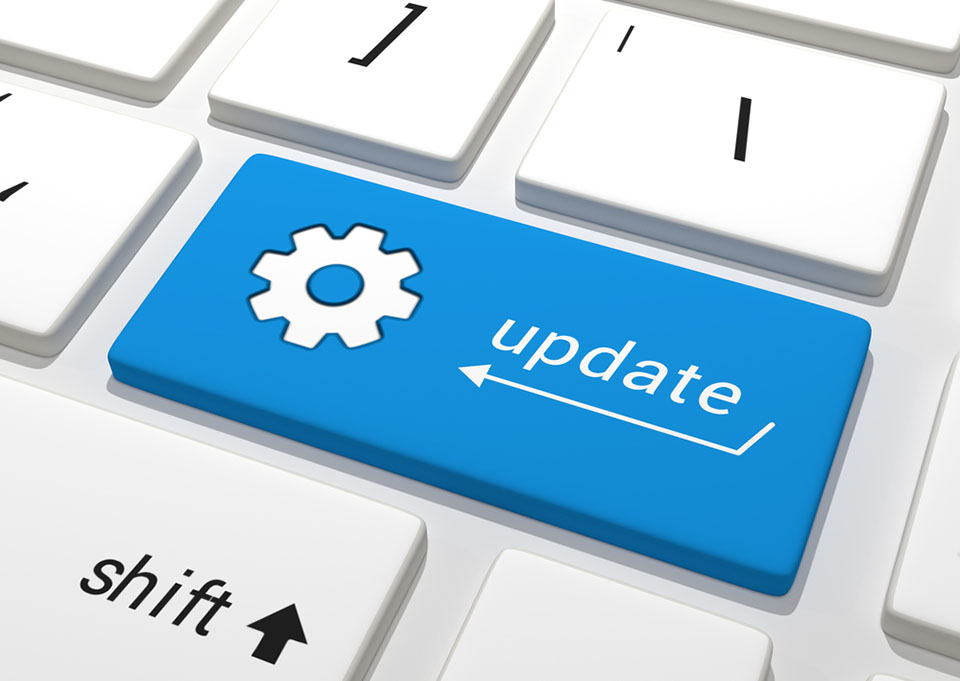A beginner’s guide to troubleshooting common Windows errors
Dealing with Windows errors can be a frustrating experience, especially for beginners. Whether you’re experiencing a blue screen of death, a slow computer, or a program that won’t open, it’s important to know how to troubleshoot these issues. In this guide, we’ll cover some common Windows errors and provide tips on how to resolve them.
One of the most common Windows errors is the blue screen of death (BSOD). This error occurs when Windows encounters a critical error and is forced to shut down. When you see the BSOD, the first thing you should do is take note of the error code that appears on the screen. This code can help you identify the root cause of the problem.
To troubleshoot a BSOD error, try restarting your computer in safe mode. This will allow you to run diagnostic tests and determine if any drivers or software are causing the error. You can also try performing a system restore to revert your computer back to a previous state before the error occurred.
Another common Windows error is a slow computer. This can be caused by a number of factors, including a lack of disk space, outdated software, or malware. To troubleshoot a slow computer, try running a disk cleanup to free up space on your hard drive. You can also update your software and run a malware scan to remove any malicious programs.
If you’re experiencing an error with a specific program, try reinstalling the software to see if that resolves the issue. You can also check for updates or patches that may address the error. If the program still won’t open, try running a compatibility troubleshooter to determine if there are any compatibility issues with your version of Windows.
For more advanced users, there are several tools available to help troubleshoot Windows errors. One of the best tools is the Windows Performance Toolkit, which can be used to analyze system performance and identify the root cause of errors. Another useful tool is the Windows Memory Diagnostic, which can help diagnose memory-related issues that may be causing errors.
In conclusion, troubleshooting common Windows errors can be a daunting task for beginners. By following the tips outlined in this guide, you can quickly identify and resolve common Windows errors. Remember to take note of error codes, try restarting in safe mode, and use tools like the Windows Performance Toolkit to diagnose and fix issues. With a little patience and practice, you can become adept at troubleshooting Windows errors and keeping your computer running smoothly.
For more information visit:
Windows software blog | Best Windows applications
https://www.windowssoftwareblo.com/
Discover the latest innovations and game-changing tools on WindowsSoftwareBlo.com. Unleash the full potential of your Windows experience with our comprehensive selection of software solutions. Get ready to push boundaries, optimize efficiency, and ignite creativity with our exclusive content. The ultimate destination for every Windows enthusiast is just one click away. Stay tuned for the future of Windows!
